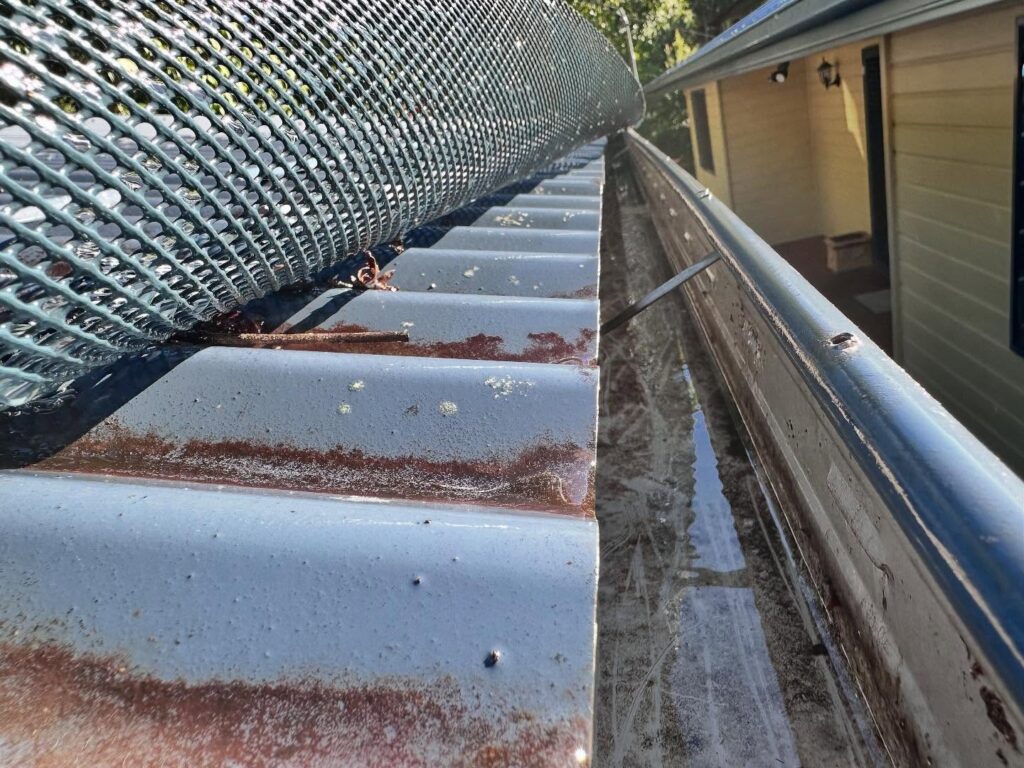Learn how to remove stubborn stains with pressure cleaning, tackling common issues like oil, rust, mould, and efflorescence. This guide provides strategies for pre-treatment, appropriate cleaning solutions, and effective pressure washing techniques to restore your surfaces.
Steps on How To Remove Stubborn Stains With Pressure Cleaning
1. Identify the Stain Type
Accurately identifying the stain (e.g., oil, grease, rust, mould, mildew, efflorescence, tyre marks) is crucial for choosing the most effective cleaning solution and technique. Different stains require different chemical approaches.
2. Pre-Treat With Specialised Cleaners
Apply a suitable pre-treatment solution directly to the stain. For oil/grease, use a degreaser; for rust, an oxalic acid-based cleaner; for mould/mildew, a bleach-based or dedicated mould remover; for efflorescence, a mild acid cleaner. Allow adequate dwell time as per product instructions.
3. Use Appropriate Pressure and Nozzle
For tough stains on durable surfaces like concrete, you might use a higher pressure (e.g., 1500-2500 PSI) with a narrower nozzle (e.g., 15-degree yellow tip) or a rotating turbo nozzle. Always test in an inconspicuous area first to avoid etching.
4. Employ Proper Technique
Work in small, manageable sections. Hold the nozzle at a consistent distance and use overlapping strokes to avoid zebra striping. For very stubborn spots, a second application of pre-treatment and a gentle scrub with a stiff brush may be necessary before re-washing.
5. Rinse Thoroughly and Consider Sealing
After cleaning, rinse the entire area thoroughly to remove all cleaning solutions and loosened debris. For porous surfaces like concrete or pavers, consider applying a sealant after cleaning to protect against future staining and make maintenance easier.
Pro Tip: When you remove stubborn stains with pressure cleaning, always work from the highest point down on vertical surfaces and from the cleanest area towards the dirtiest on horizontal surfaces. This prevents dirty runoff from re-staining cleaned areas.


